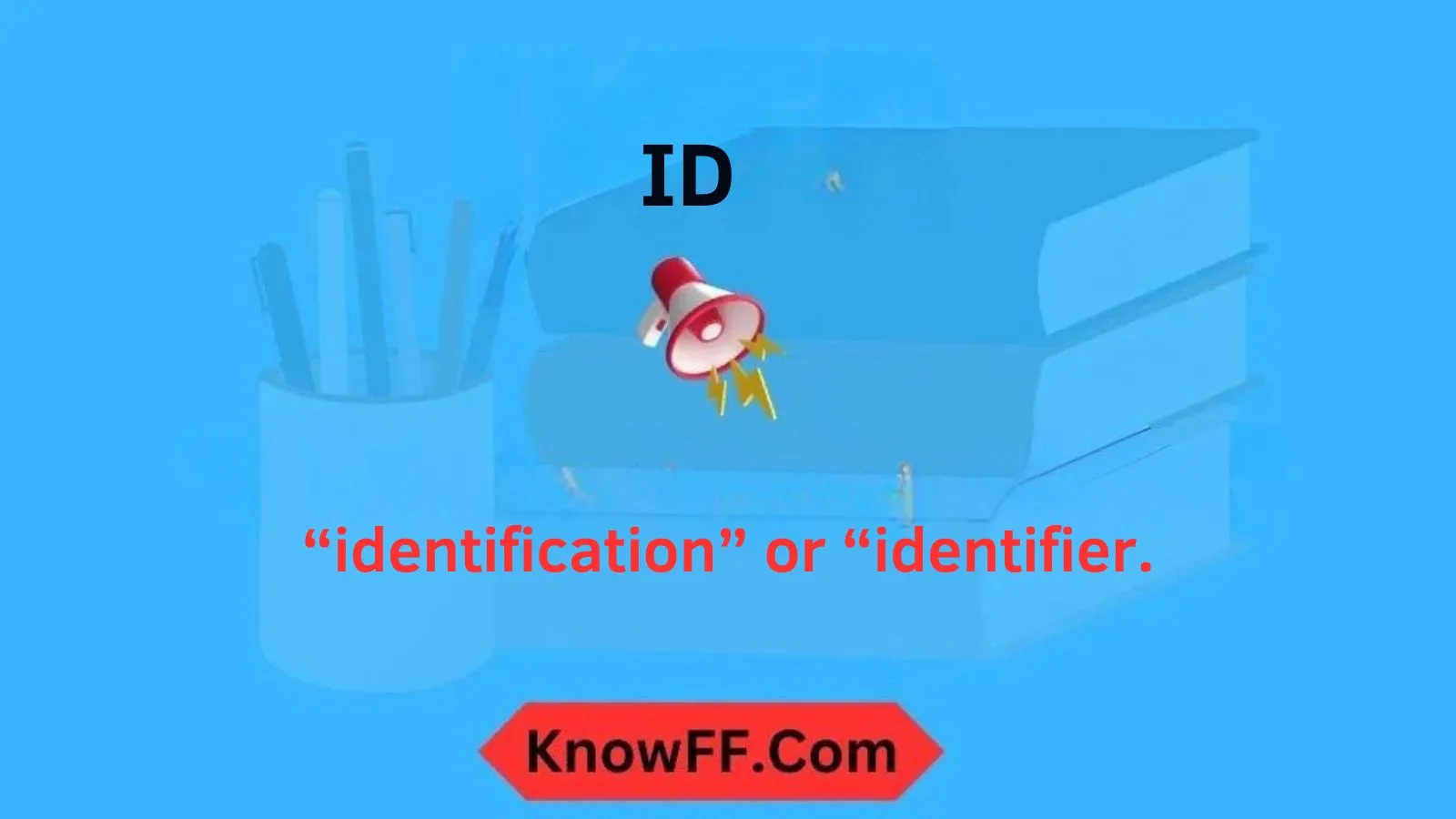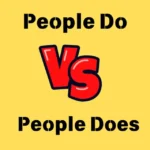In the digital age, abbreviations and acronyms dominate online communication, making conversations faster and more efficient.
One of the most frequently searched terms is “ID meaning in text.” People often encounter “ID” in chats, social media, professional emails, or even on platforms like WhatsApp, Instagram, and TikTok, yet its meaning can vary depending on context.
Understanding what ID signifies helps avoid confusion, miscommunication, and misunderstandings.
From casual texting to technical fields such as medicine, physics, and aviation, the term plays a crucial role.
This article explores the full spectrum of ID meanings, its usage in various environments, common misconceptions, alternatives, and tips for responding appropriately.
Whether you’re chatting with friends, engaging on social media, or encountering ID in professional discussions, this guide provides clarity for all users.
Meaning & Definition
The abbreviation ID primarily stands for “identification” or “identifier.” It is used to denote a unique label or code that distinguishes one individual, object, or account from another. In simple terms, ID serves as a way to identify someone or something in digital or real-world contexts.
For example, social media accounts, online gaming profiles, and official documents like driver’s licenses all utilize an ID to uniquely recognize individuals. Beyond personal identification, ID can also refer to system codes, product serial numbers, or even project IDs in workplace environments. Its universal role in identifying entities makes it an essential term across multiple disciplines.
Background
The concept of ID traces back to early bureaucratic systems, where individuals were assigned numbers or codes for record-keeping. With the rise of digital technology, ID has evolved into a universal term used online and offline.
Initially tied to official documents, it expanded into the internet era with usernames, account numbers, and digital identifiers. Today, ID is embedded in almost every aspect of modern life—from online banking and social networks to healthcare records and aviation systems—highlighting its widespread relevance.
Usage in Different Contexts
ID is versatile, with applications across casual and professional environments:
- Casual Chat: Users frequently type “ID” to refer to their account or identity.
- Social Media: Handles, usernames, and profile numbers are often labeled as ID.
- Professional Fields: Work projects, patient records, and official documentation often rely on IDs for tracking and accuracy.
- Gaming & Online Platforms: Players and users are identified through unique IDs, ensuring account security and personalized experiences.
Meaning in Chat, WhatsApp, Instagram, TikTok
On messaging apps like WhatsApp and platforms like Instagram or TikTok, ID usually refers to a username, profile ID, or account number. For instance:
- WhatsApp: Users may share a contact ID to connect quickly.
- Instagram/TikTok: Profile IDs distinguish accounts with similar display names.
- In casual conversation, people sometimes ask, “What’s your ID?” meaning “What’s your account or username?”
The context determines whether it’s formal identification or just a digital tag.
Meaning in Physics, Medical, and Aircraft Terminology
Beyond social media, ID carries specialized meanings:
- Physics: May refer to inner diameter of tubes or containers in experiments.
- Medical: Patient ID or identification code ensures accurate tracking of health records.
- Aircraft: Flight ID or call sign is crucial for communication, navigation, and air traffic control.
These technical applications emphasize the importance of precision and context when using ID.
Common Misconceptions
A common misunderstanding is assuming ID always refers to personal identification. In reality, it can represent any unique identifier—digital, physical, or technical.
Another misconception is confusing ID with “identity” in general; technically, ID is the label, while identity encompasses the broader personal or organizational characteristics.
Similar Terms & Alternatives
Alternatives and related terms for ID include:
- Username
- Profile code
- Account number
- Identifier
- Registration number
- Tag
Each of these may be preferred depending on the context—casual conversation, technical documentation, or social media use.
How to Respond to It
When someone asks for your ID, the response depends on context:
- Social Media: Share your username or profile link.
- Work/Professional: Provide the assigned identification number or code.
- Medical or Aviation: Follow official protocol and share only secure, authorized information.
Always ensure privacy and security before sharing any ID online.
Differences from Similar Words
While ID, username, and identity are often used interchangeably, subtle differences exist:
- ID: A specific label or number for recognition.
- Username: Public-facing online name linked to an account.
- Identity: Broader concept encompassing personal, social, or professional traits.
Understanding these nuances avoids miscommunication in online and offline interactions.
Relevance in Online Conversations & Dating Apps
In dating apps and social platforms, ID helps verify profiles and maintain security. Users may ask for IDs to find friends across apps or confirm authenticity.
By using ID correctly, platforms ensure safe, personalized, and organized user experiences while reducing the risk of impersonation or fraud.
FAQs
What does ID mean in texting?
It usually stands for identification or username used to identify a person or account.
Is ID the same as identity?
No, ID is a unique label, while identity is the broader personal or social characteristics.
Can ID refer to medical information?
Yes, in healthcare, ID often represents patient identification codes for record tracking.
How is ID used on TikTok?
It represents your profile ID or username, distinguishing your account from others.
What is ID in aviation?
It refers to a flight ID or call sign used for navigation and communication.
Can ID be used in physics?
Yes, it can mean inner diameter in experiments or equipment specifications.
Conclusion
Understanding the ID meaning in text is essential in today’s digital and professional world.
While it commonly refers to identification or account numbers, its usage spans from casual chatting and social media to medical, physics, and aviation fields.
Misinterpretations often occur due to varying contexts, but knowing the correct meaning ensures smoother communication.
Being aware of similar terms, safe ways to share IDs, and their relevance in online interactions enhances both privacy and efficiency.
As communication continues to evolve, grasping such abbreviations keeps you informed, connected, and prepared for any scenario where ID plays a role.











